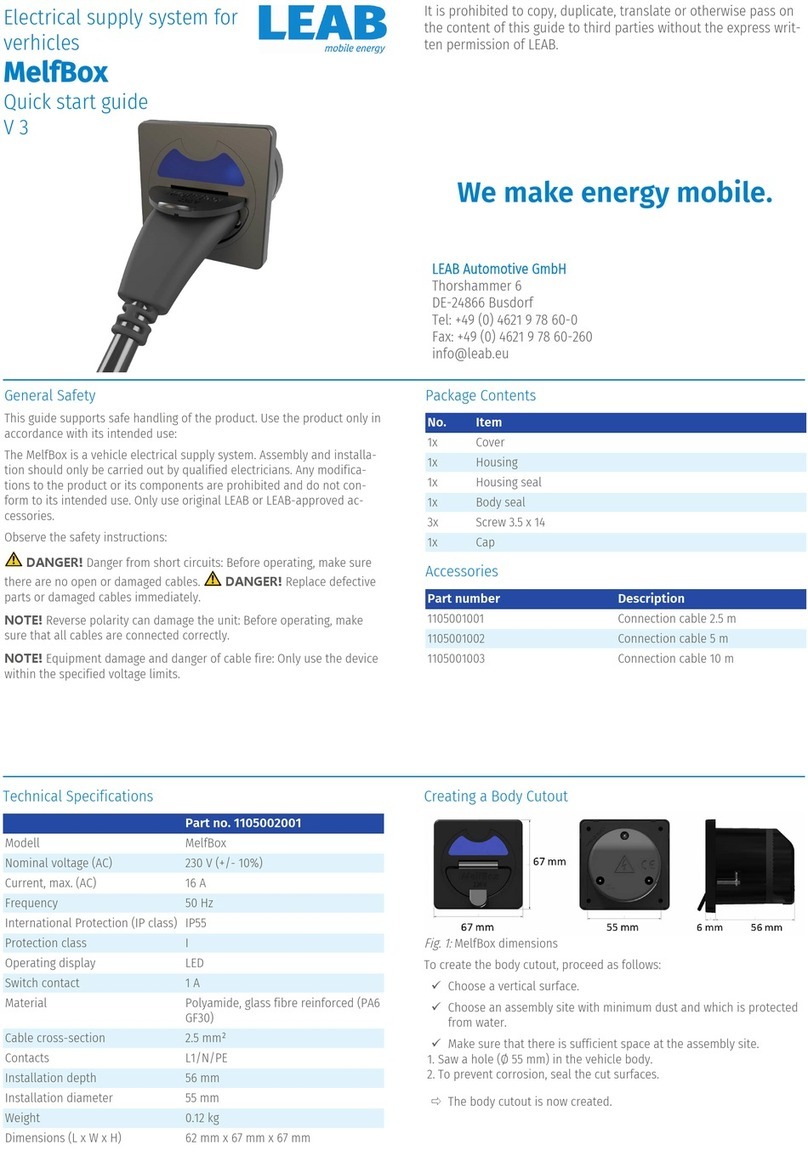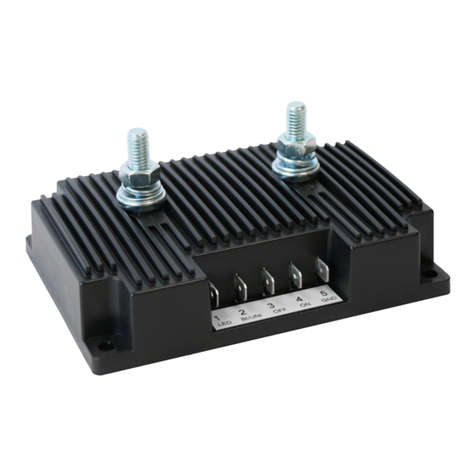Installation instructions About this Manual
Page 1 of 25
Table of Contents
1About this Manual .................................................................................. 1
2General Safety......................................................................................... 2
3Technical Specifications ..........................................................................3
4Unpacking the LPS...................................................................................5
5About the LPS.......................................................................................... 5
6Package Contents.................................................................................... 7
7Display..................................................................................................... 8
8Installing the Connection Set / Preparing Connections .......................... 9
9Mounting ..............................................................................................10
10 Installation ............................................................................................11
11 Installation of Accessories.....................................................................13
12 Operation.............................................................................................. 15
13 Displays ................................................................................................. 20
14 Maintenance.........................................................................................21
15 Troubleshooting....................................................................................22
16 Disassembly ..........................................................................................25
17 Disposal.................................................................................................25
18 EU Declaration of Conformity ............................................................... 25
1About this Manual
Read this manual carefully and keep it in a safe place. This manual is intended
for users with previous knowledge in the automotive electrical field.
Throughout the manual, you will be alerted to warnings and safety notices
about potential hazards associated with handling the device. The colours and
signal words indicate the severity of the hazard:






























